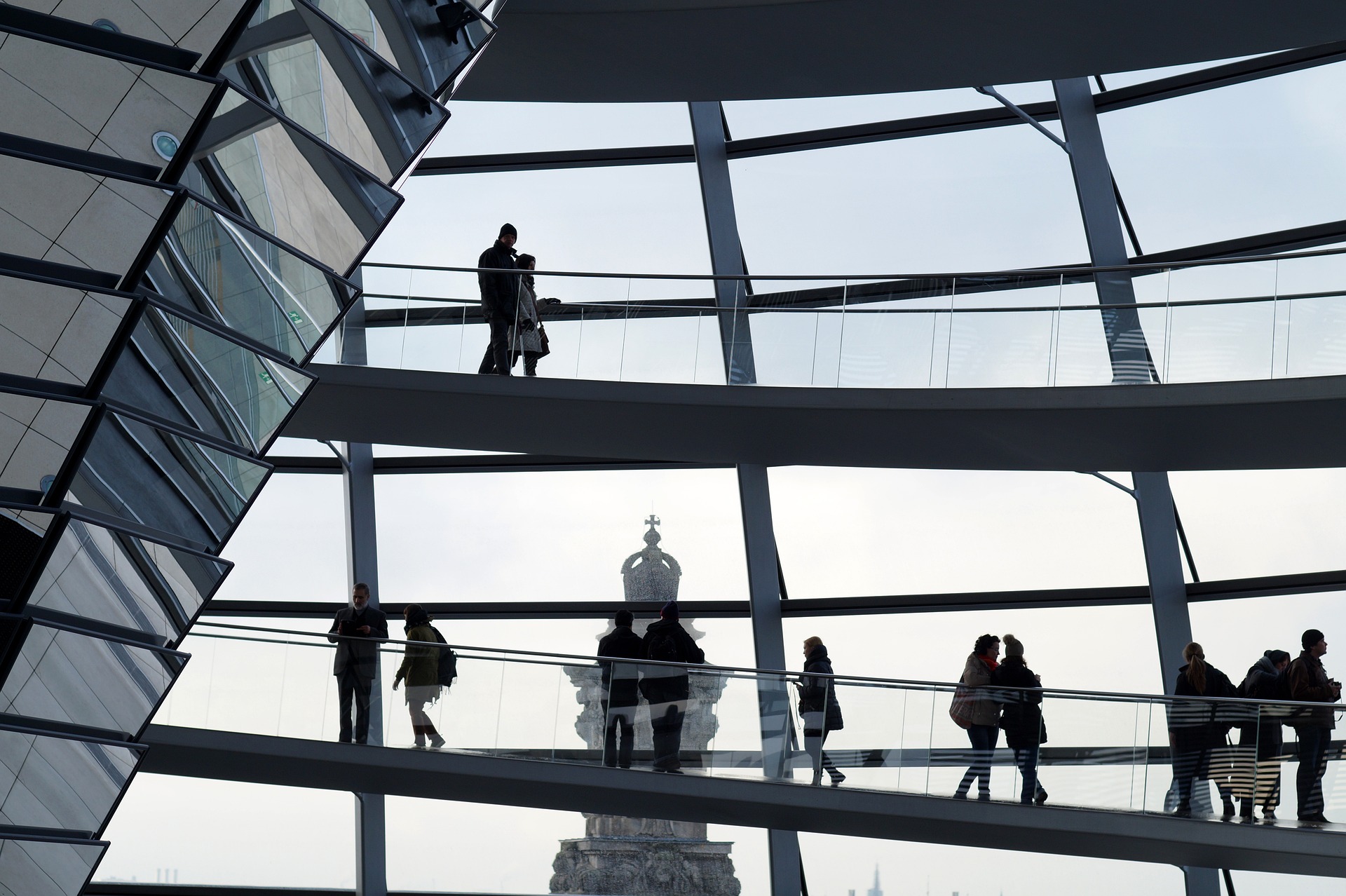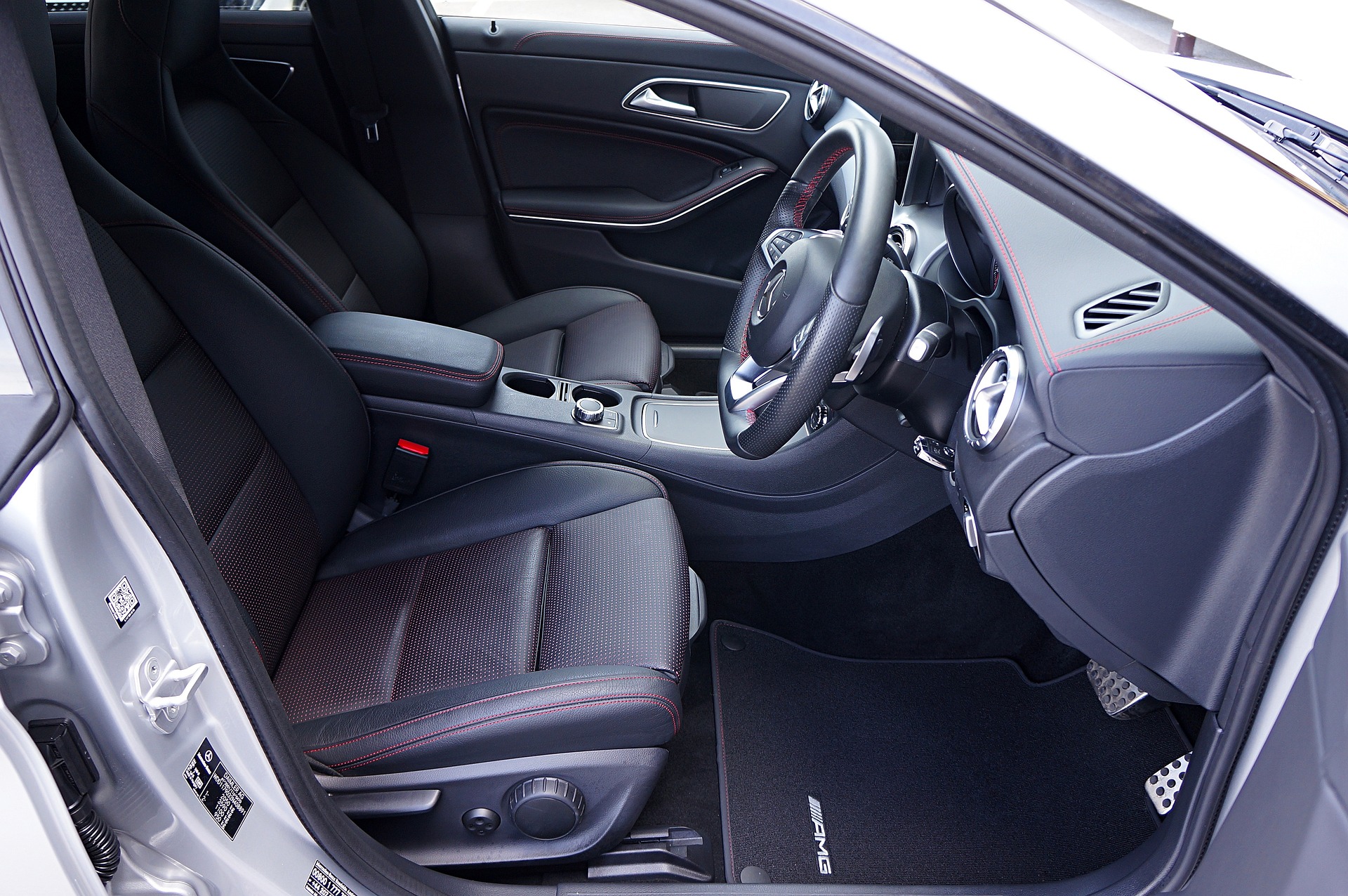Neon Nostalgia: The Retro-Futuristic Revival in Pop Culture
In an era dominated by sleek minimalism and cutting-edge technology, a vibrant countertrend is emerging. The retro-futuristic aesthetic, blending nostalgic elements with fantastical visions of the future, is experiencing a resurgence across various mediums. This unique style, characterized by neon hues, chrome accents, and retrofitted gadgets, is captivating audiences and creators alike, offering a fresh perspective on both past and future.

The Aesthetic Pillars of Retro-Futurism
The retro-futuristic style is instantly recognizable through its key visual components. Neon colors, particularly electric blues, hot pinks, and acid greens, dominate the palette, creating a sense of energy and otherworldliness. Chrome and metallic surfaces are prevalent, reflecting the space-age aspirations of the past. Geometric shapes and streamlined designs echo the modernist architecture of the mid-century, while anachronistic technologies like cathode ray tube screens and analog buttons are reimagined in futuristic contexts.
Cinematic Embrace of Retro-Futurism
The film industry has been at the forefront of the retro-futuristic revival. Recent blockbusters and indie darlings alike have embraced this aesthetic to create visually stunning and emotionally resonant works. Movies like Blade Runner 2049 and Ready Player One have masterfully blended nostalgic elements with futuristic landscapes, creating worlds that feel both familiar and alien. These films not only pay homage to classic science fiction but also offer commentary on our relationship with technology and the passage of time.
Music and Retro-Futurism: A Synthwave Revolution
In the realm of music, the retro-futuristic aesthetic has found its sonic equivalent in the synthwave genre. This electronic music style, characterized by its use of vintage synthesizers and drum machines, evokes the soundtracks of 1980s science fiction and action films. Artists like Kavinsky, The Midnight, and Perturbator have gained significant followings by crafting atmospheric tracks that transport listeners to neon-lit, rain-slicked streets of an imagined future-past.
Fashion’s Retro-Futuristic Turn
The fashion world has not remained immune to the allure of retro-futurism. Designers are increasingly incorporating elements of this aesthetic into their collections, resulting in a fascinating blend of vintage silhouettes and futuristic materials. Holographic fabrics, LED-embedded garments, and reimagined space suits have graced runways and street style alike. This trend reflects a broader cultural fascination with alternative futures and the cyclical nature of fashion itself.
The Psychology Behind the Revival
The current popularity of retro-futurism can be attributed to several psychological factors. In an age of rapid technological change and global uncertainty, there’s a comforting appeal in revisiting optimistic visions of the future from a simpler time. Additionally, the aesthetic offers a form of escapism, allowing individuals to immerse themselves in a world that never was but perhaps could have been. The juxtaposition of familiar retro elements with futuristic concepts also creates a cognitive dissonance that many find intriguing and stimulating.
Retro-Futurism in Digital Art and Gaming
Digital artists and game developers have enthusiastically embraced retro-futurism, using modern tools to create works that evoke a sense of analog warmth. Pixel art, a style that deliberately uses low-resolution graphics reminiscent of early video games, has seen a resurgence in indie game development. These games often feature retro-futuristic settings and storylines, appealing to both nostalgia and a desire for innovative gameplay experiences. In the realm of digital art, creators are using programs like Blender and Adobe Creative Suite to craft stunning retro-futuristic landscapes and characters, garnering large followings on social media platforms.
The Impact on Product Design
The influence of retro-futurism extends beyond the arts into practical product design. Consumer electronics, in particular, have seen a trend towards retro-inspired aesthetics combined with cutting-edge functionality. Turntables with Bluetooth capabilities, smartwatches with analog faces, and modern devices housed in retro casings are just a few examples of how manufacturers are catering to the desire for nostalgic futurism in everyday objects.
Critiques and Controversies
While the retro-futuristic revival has been largely celebrated, it has not been without its critics. Some argue that the aesthetic romanticizes a past that never truly existed, potentially glossing over the social and political realities of the mid-20th century. Others contend that the continued focus on retro-futurism stifles truly innovative visions of the future. These critiques have sparked interesting debates about the role of nostalgia in art and the responsibility of creators in shaping cultural narratives.
The Future of Retro-Futurism
As we move further into the 21st century, the question arises: what is the future of retro-futurism? While trends in art and culture are cyclical, the enduring appeal of this aesthetic suggests it may have staying power beyond a mere fad. As new generations discover and reinterpret the style, we may see evolving forms of retro-futurism that incorporate elements from different eras or blend with other aesthetic movements. Whatever shape it takes, the retro-futuristic revival serves as a testament to our ongoing fascination with the interplay between past, present, and future in the cultural imagination.




